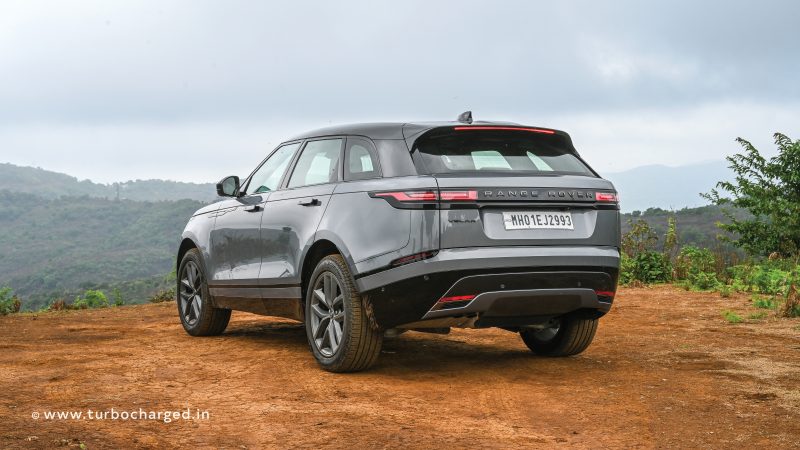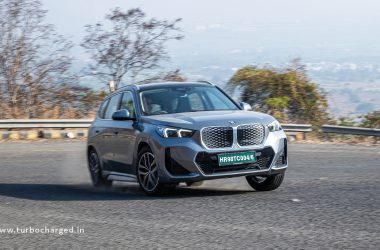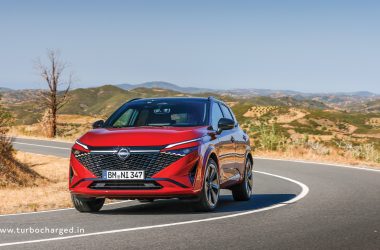The Velar may be the newest model to wear the coveted Range Rover badge, as it was launched only in 2017. But the SUV has been rather quick to scale the popularity charts and make a name for itself with those wanting a heady mix of style and substance, thanks to its alluring design and uber-rich feel. And now, for 2024, Land Rover has launched the updated Range Rover Velar in India, which promises heightened levels of panache, while staying true to its roots of being a Range Rover. Heck, in my books, it’s still too early for the Velar to get a midlife update – that’s how good the SUV looks even today! But of course, a lot has changed over the seven years that the Velar has been around for now. More importantly, things in the luxury car space have been evolving very rapidly, which meant Land Rover just had to update the Velar to ensure it stays relevant.
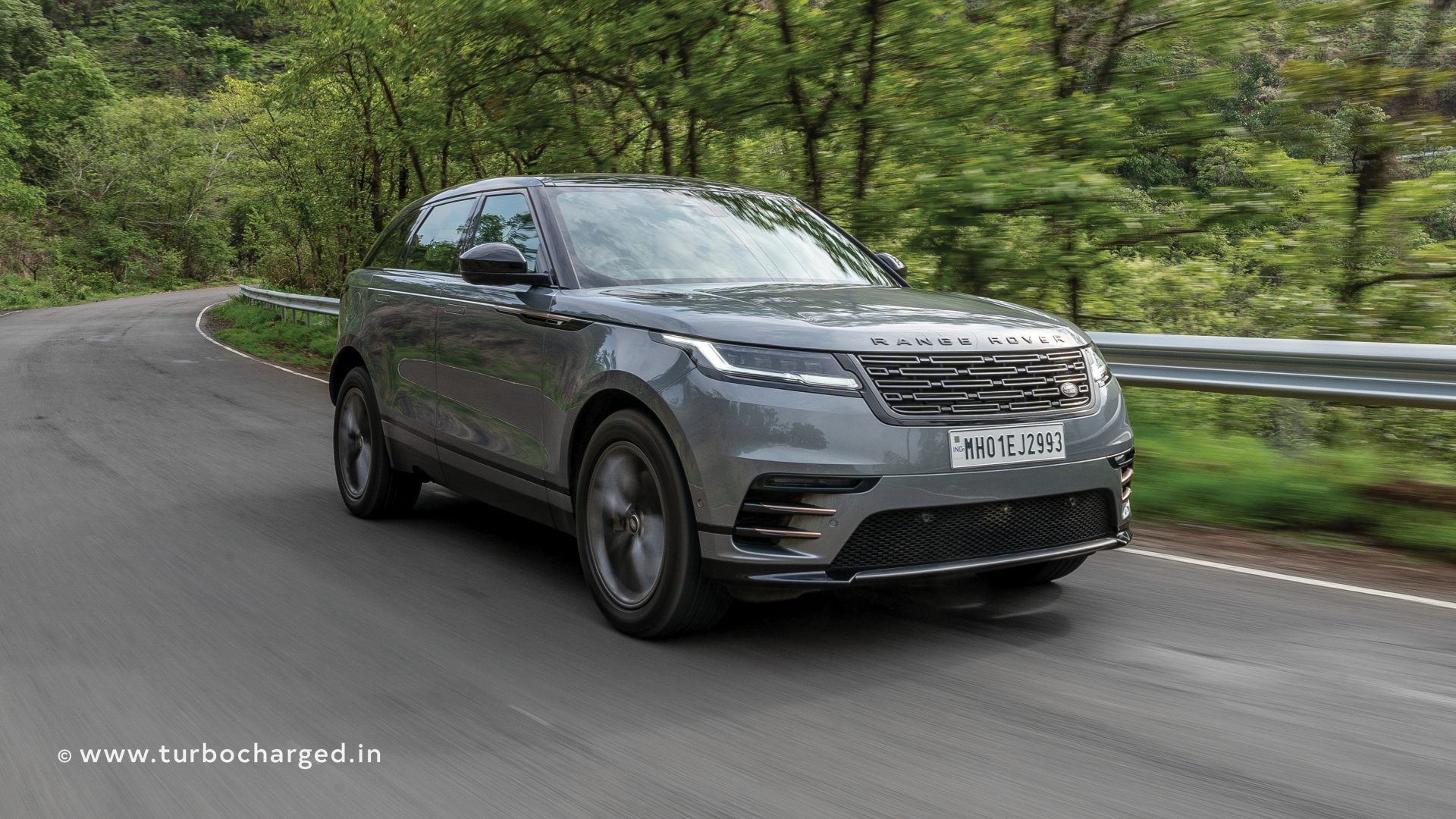
Thankfully, cosmetic changes to the Velar’s design are minimal, ensuring it still looks as stunning. So all you get in the name of design changes is a new grille inspired by the Range Rover to ensure the Velar gets the current ‘family look’, besides a new DRL design for the sleek looking LED pixel head lamps. Headlamp washers have been done away with, which in my books marks a move away from the more hardcore, ‘ready for mucking around’ feel, thus making for a more sophisticated and upmarket look. Of course, there’s new alloy wheels to complete the update, besides a redesigned rear bumper. That’s it, thankfully, except for couple of very minor design changes, meaning the Velar continues to look gorgeous from all angles.
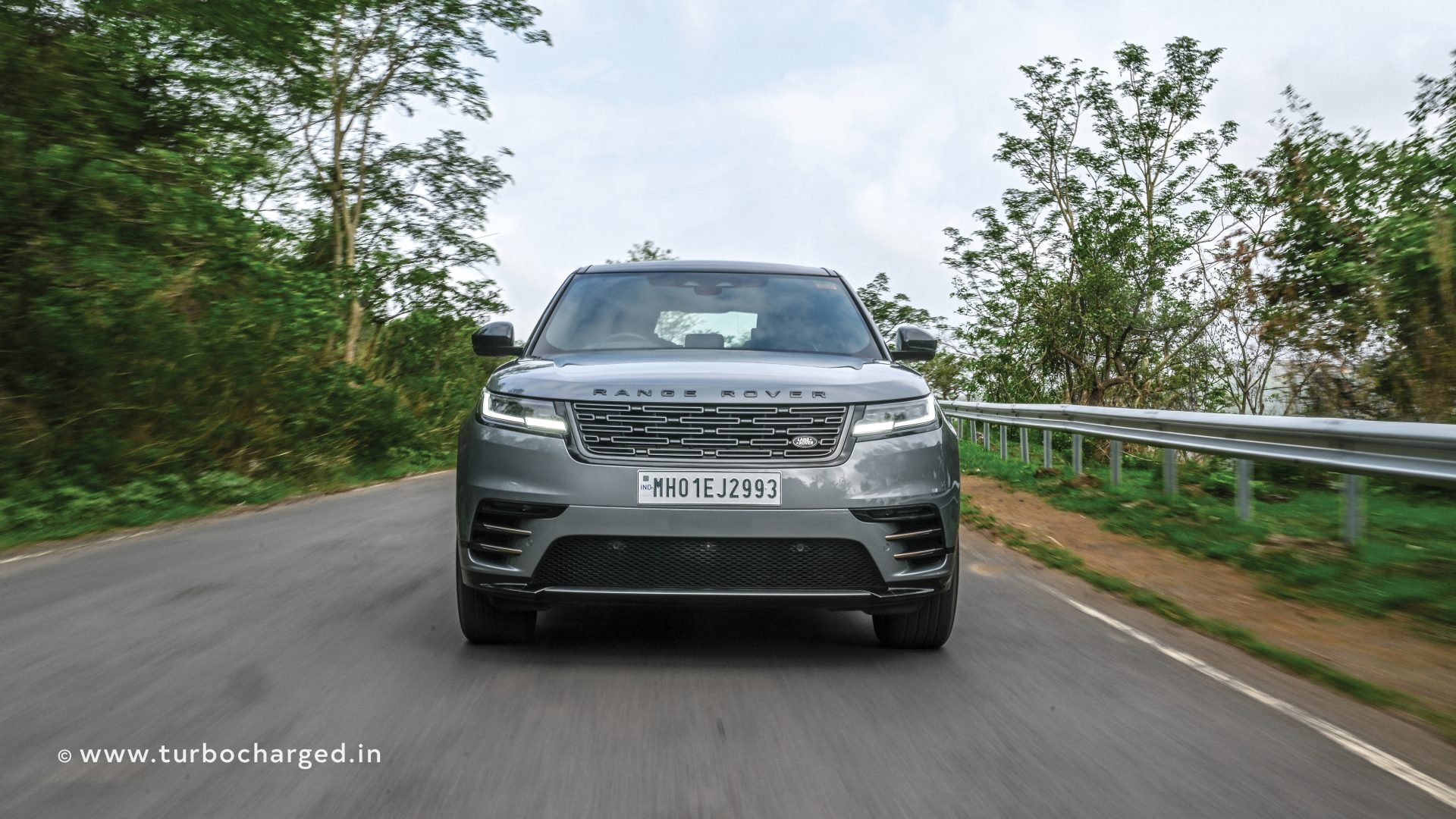
But just like most of its siblings who’ve received midlife facelifts over the past 1-2 years, the Velar boasts extensive updates to the interiors. This was important I guess from the perspective of making buyers feel pampered by way of a fresh design, again inspired by the Range Rover Autobiography, along with the use of more exclusive materials. Effectively, the dashboard and centre console get the same clean, uncluttered look sans too many switches or rotors and admittedly, this minimalistic theme works really well. It offers a heightened sense of luxury and helps the Velar feel even more expensive from inside now. So all you have on the centre console is the stubby drive selector lever, just like the one in the Evoque.
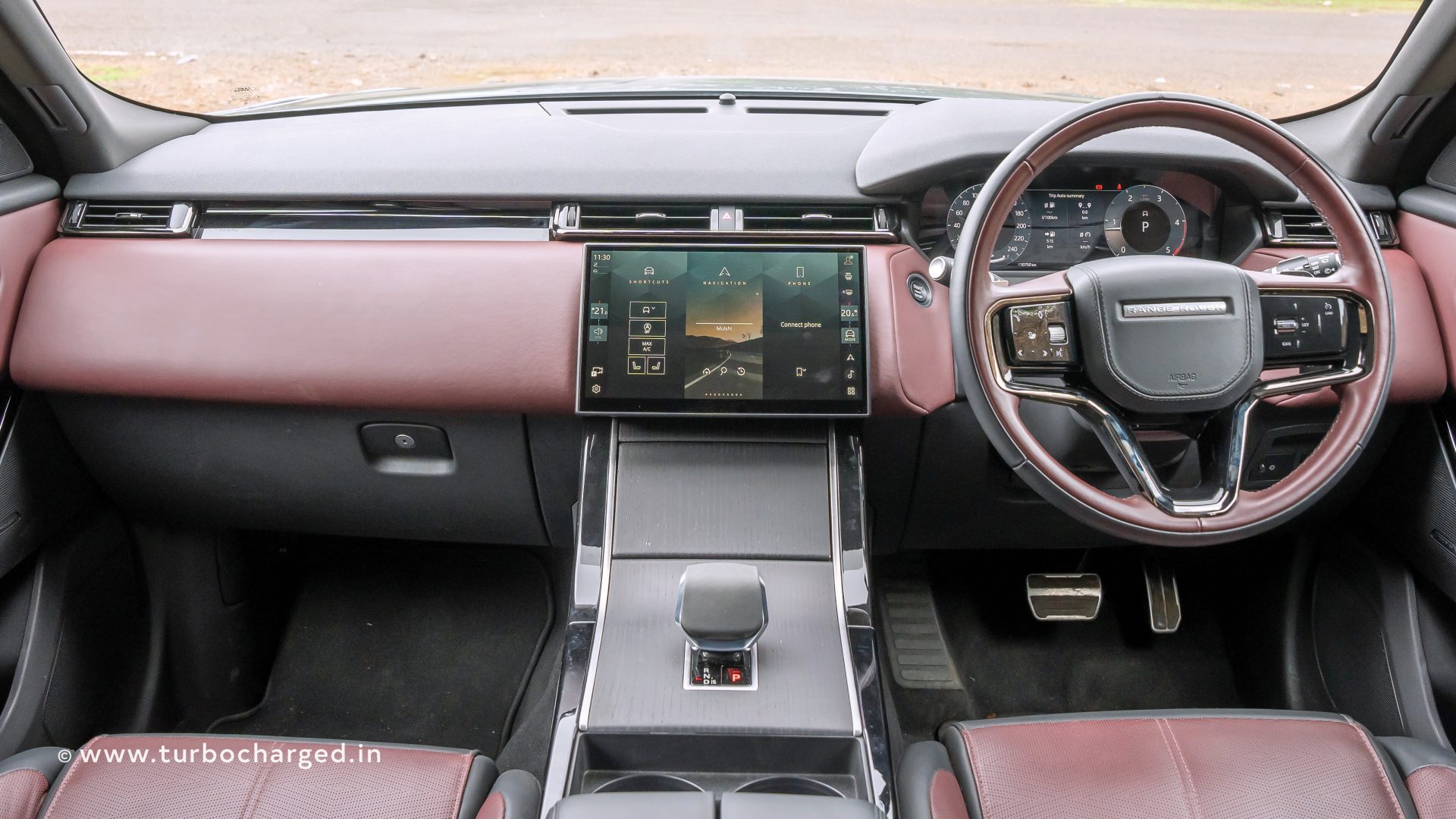
All other controls, including those for climate control, Terrain Response and more have been moved to the curved, 11.4-inch display. The display itself is a class act with its brightness, resolution and the sharp colours that make it a joy to look at and use, whether during the day or at night. That said, we found using the air-conditioning controls a chore via the screen, as it necessitates you to take your eyes off the road and focus on the infotainment display. Thankfully, there’s wireless Apple CarPlay and Android Auto now and the wireless charging pad doesn’t heat your phone as well. The infotainment screen also integrates a really impressive 360 degree view system now, which, like other Range Rovers impresses with its detailing and view of the surface under the hood.
Rear seat occupants get pampered by the powered recline, while driver and front passenger get massaging seats. There’s ample space at the rear for passengers to relax on a long drive, while the large panoramic sunroof lets in a lot of light, making for an airy feel. A downside to the otherwise comfortable rear bench is the fact that seating three abreast isn’t a challenge given the Velar’s width of 2,041mm, but the seat contours make it better suited for two passengers only. The Velar also features a quad-zone climate control system, ensuring rear occupants get pampered further. Clearly, the Velar is a package that ensures that while the driver and front passenger have a good time at the front, those at the back feel good about their space too.
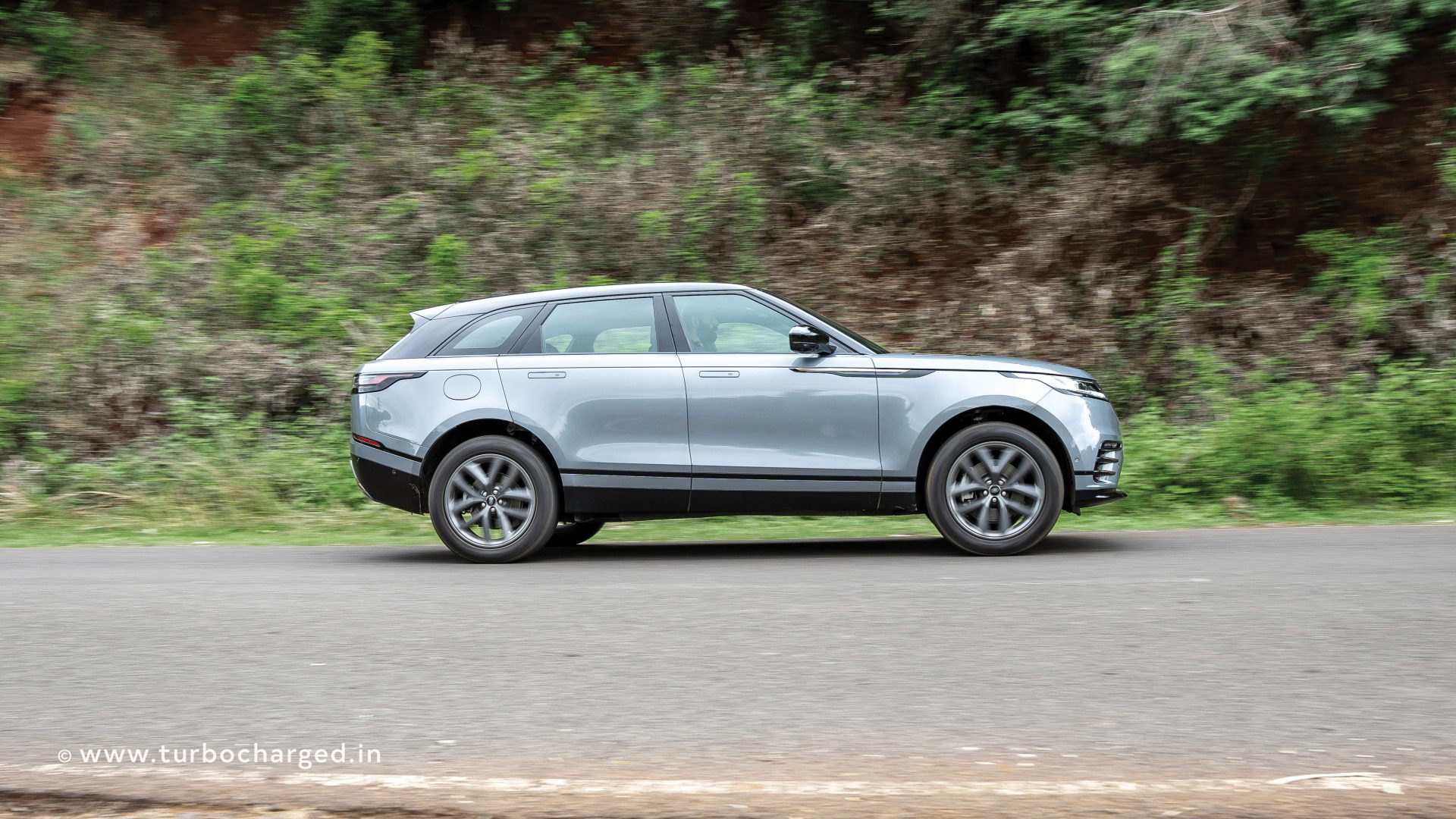
Coming to the driving bit, the test vehicle we drove was the diesel, though I was keener on the petrol version which is known for its performance. The 2.0-litre, four cylinder oil burner offers a decent 204PS and 430Nm, is mated to an 8-speed automatic and also benefits from the addition of a mild hybrid system. While the diesel version is reasonably quick too, there is a sense that you want some more grunt, especially given the SUV’s size and weight both. That’s not to say the Velar is slow though, as claimed 0-100kmph time is an impressive 8.3 seconds. I also liked using the paddle shifters – not just for the sportier feel but also because they help in making the gearbox feel more responsive. Dynamic and Sport mode helps matters too, if you like driving, helping extract more from the engine in terms of alacrity.
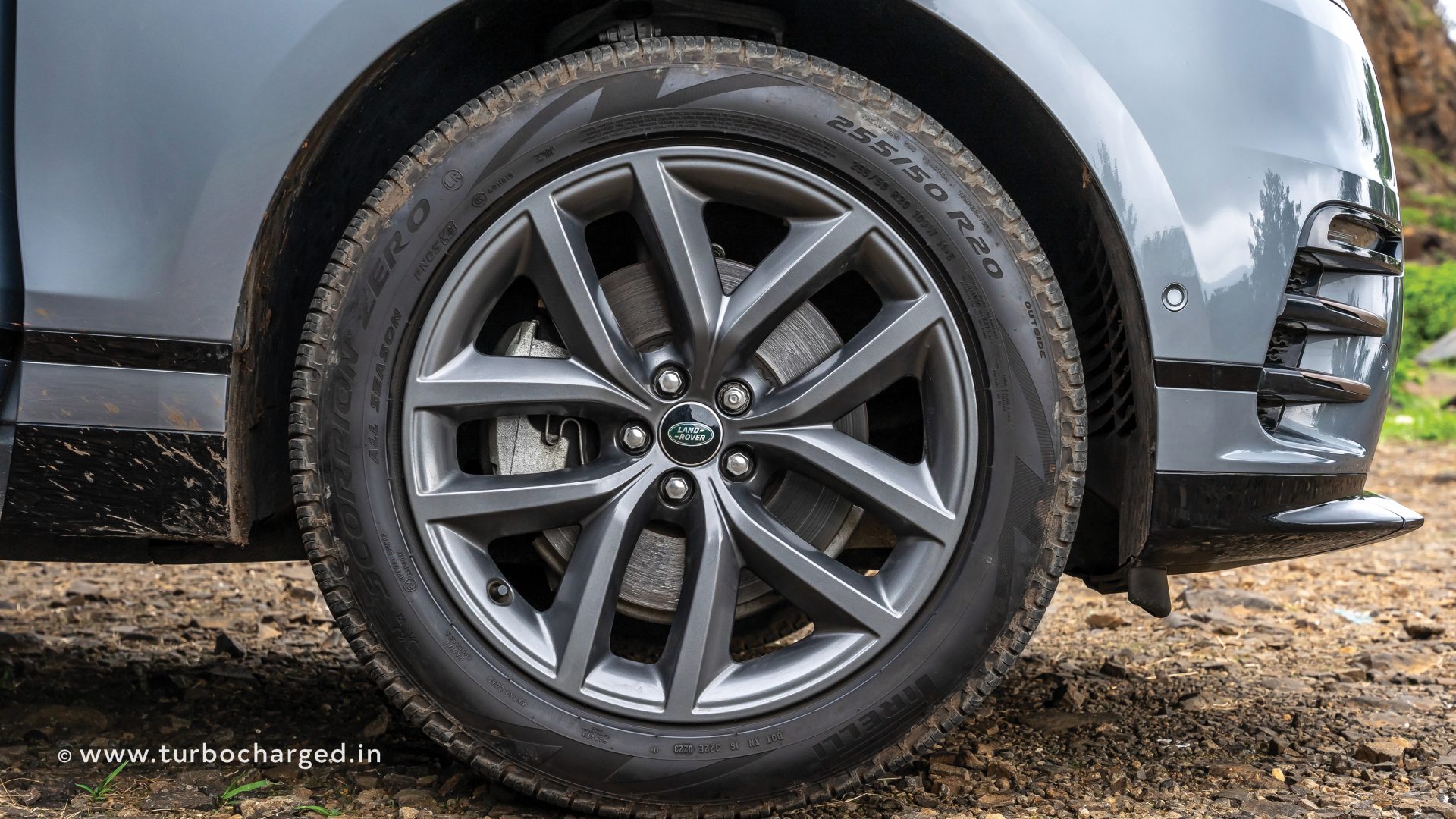
Comfort mode is good when you’re taking it easy, like in my case when I’d taken the family out for dinner. With the wife next to me and the parents at the back, the Velar felt perfect, pottering around in Comfort mode, also offering a plusher ride than other modes as you would expect. Dynamic mode though was my go-to for spirited driving, as it ensured responses from the powertrain are quick enough and also helped the Velar offer a tauter feel around corners or when switching lanes on highways. That said, the suspension setup feels a tad firm even in Comfort, but the ride quality feels better as you go faster. What’s also worth noting is that the air suspension can be lowered by 10mm – a feature that helped when the parents were getting in and out of the Velar. This is besides the fact that you can also raise the ride height by up to 25mm for off-roading, though we didn’t get a chance to tread off tarmac in the Velar this time.
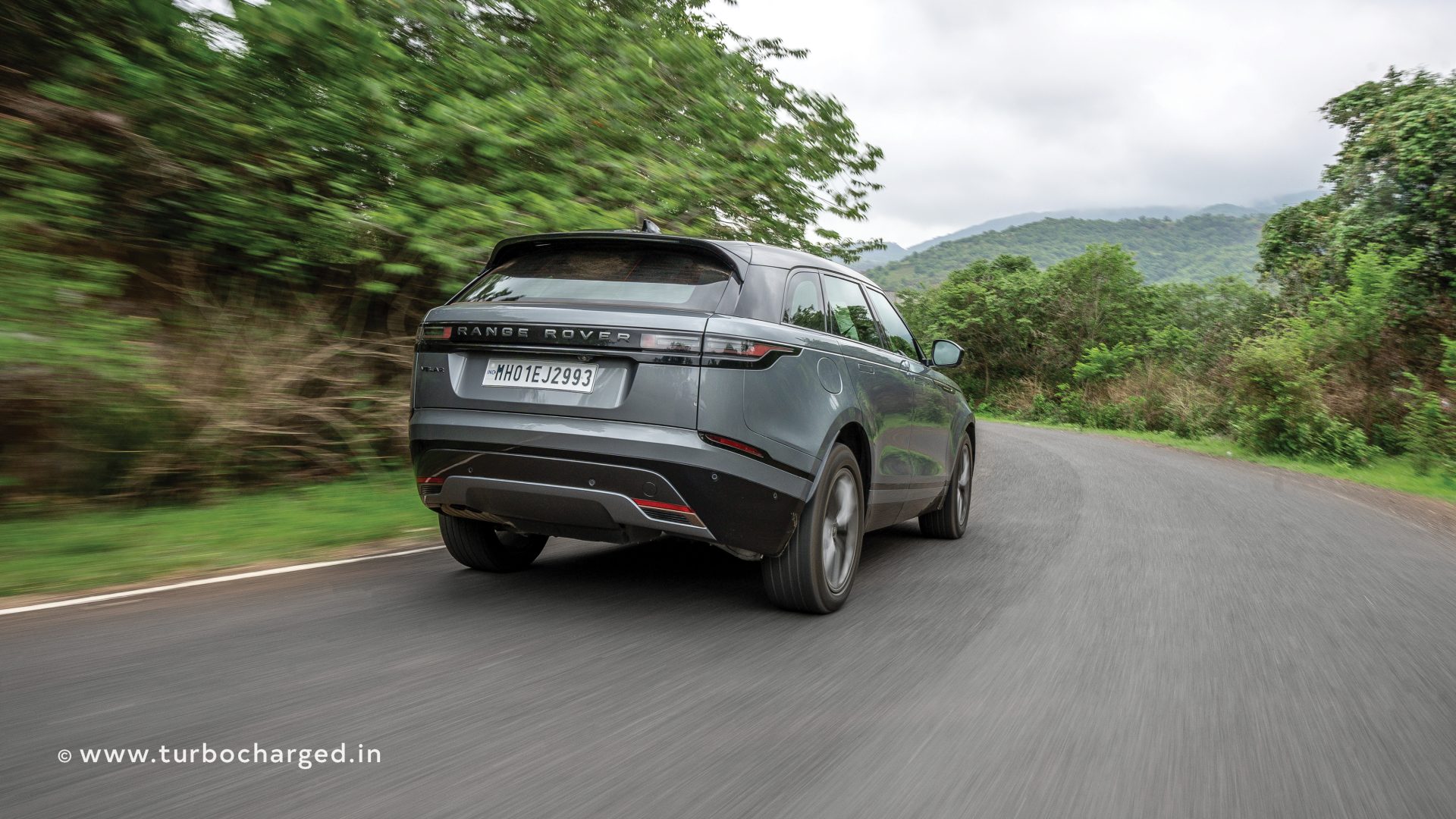
Overall, the updated Velar impresses with its more polished feel, while staying true to its roots. While highly capable off-road – and boasting a water wading depth of 600mm to help you cross rivers – it isn’t an SUV you want to take off-roading on a weekend. It’s an SUV you want to drive distances in and enjoy its comfort, besides having a good time driving it. There’s a sense of agility to the Velar and a confident feel that helps it feel like a good driver’s SUV, which in my books, goes well with its sleek design. Heck, an all-black Velar, lowered and running 22 or 23-inch black wheels would be my spec. It’s an SUV you want to keep looking at and be seen in too, besides wanting to spend time inside, given its luxurious feel. It’s these virtues that also help it stand out as compared to its German rivals. Prices for the petrol and diesel version both start from `94.3 lakh ex-showroom, which makes it even more alluring in its segment!





